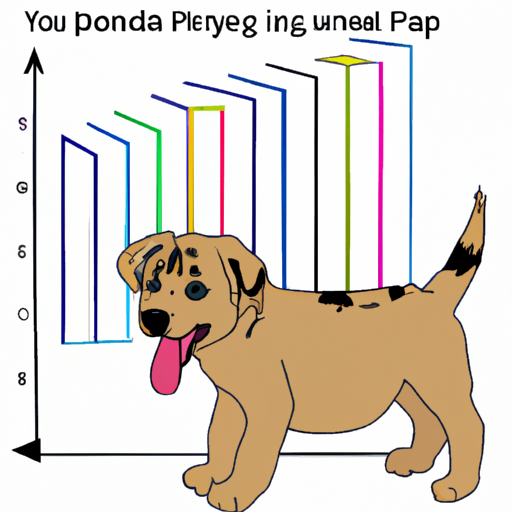Understanding Your Dog’s Growth Cycle
Understanding your dog’s growth cycle is crucial in providing the best care possible for your furry friend. Similar to children, puppies also go through various stages of growth and development.
- The Neonatal Phase (0-2 weeks): During this time, puppies are completely dependant on their mother for survival. They don’t grow much in size but develop their senses.
- The Transitional Phase (2-4 weeks): In this phase, puppies begin to open their eyes, develop teeth and start to walk.
- The Socialization Phase (4-12 weeks): This is a critical period for puppies as they start to learn and explore their environment.
- The Juvenile Phase (3-6 months): Puppies start to grow rapidly in this phase and become more independent.
- The Adolescent Phase (6-18 months): This is the final growth phase for most dogs. Their growth rate slows down and they reach their adult size.
Factors That Affect Your Dog’s Growth
Several factors can influence when your dog stops growing. These include:
- Breed: Smaller breeds tend to mature faster than larger breeds. For instance, a Chihuahua might reach its full size around the 10-12 month mark, while a Great Dane may not stop growing until 18-24 months.
- Nutrition: A well-balanced diet is essential for your dog’s growth. Adequate protein, fats, vitamins, and minerals are necessary for proper development.
- Health: Certain health issues can affect your dog’s growth. Regular check-ups with the vet are important to ensure there are no underlying health problems.
| Breed Size | Approximate Age When Growth Stops |
|---|---|
| Small | 10-12 months |
| Medium | 12-16 months |
| Large | 18-24 months |
Recognizing When Your Dog Has Stopped Growing
Recognizing when your dog has stopped growing can be a little tricky. It’s not like there’s a magic switch that flips when they reach their full size. However, there are some signs you can look out for:
- Your dog’s paws and legs stop growing before their body, so if your dog’s body has caught up to the size of their paws, they’re likely done growing.
- If your dog is a year old and hasn’t grown in the past few months, they’ve probably reached their adult size.
- A visit to the vet can also help determine if your dog has stopped growing. They can measure your dog’s height and weight and compare it to breed standards.
Caring for Your Dog at Different Growth Stages
Now that you know about the various stages of your dog’s growth and the factors that can influence it, it’s important to know how to care for your dog at different stages:
- Puppy Stage: During this stage, your dog needs plenty of socialization and training. They also require a diet that’s rich in essential nutrients for growth.
- Adolescent Stage: This is a crucial stage for training and behavior shaping. Regular exercise is also important.
- Adult Stage: Once your dog reaches their adult size, maintaining a healthy weight becomes crucial. Regular exercise and a balanced diet are key.
FAQ
Q1: When do small breed dogs stop growing?
A: Small breed dogs typically stop growing around the 10-12 month mark.
Q2: How can I tell if my dog has stopped growing?
A: Look for signs like their body catching up to the size of their paws or a lack of growth over several months. A vet can also provide a more accurate assessment.
Q3: Can diet affect when my dog stops growing?
A: Yes, a balanced diet is crucial for your dog’s growth and development.
Q4: Can health problems affect my dog’s growth?
A: Yes, certain health issues can affect your dog’s growth. Regular check-ups with the vet can help identify any potential issues early on.
Understanding your dog’s growth stages can help you provide the best care for them at every stage of their life. So, keep an eye on your furry friend’s growth and enjoy every moment of their journey to adulthood.



